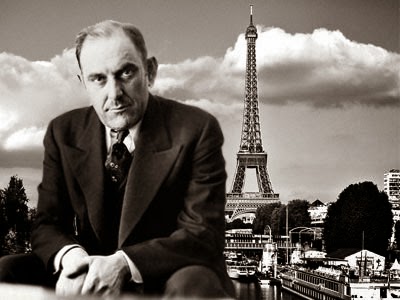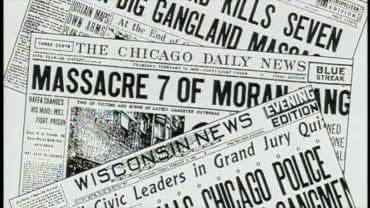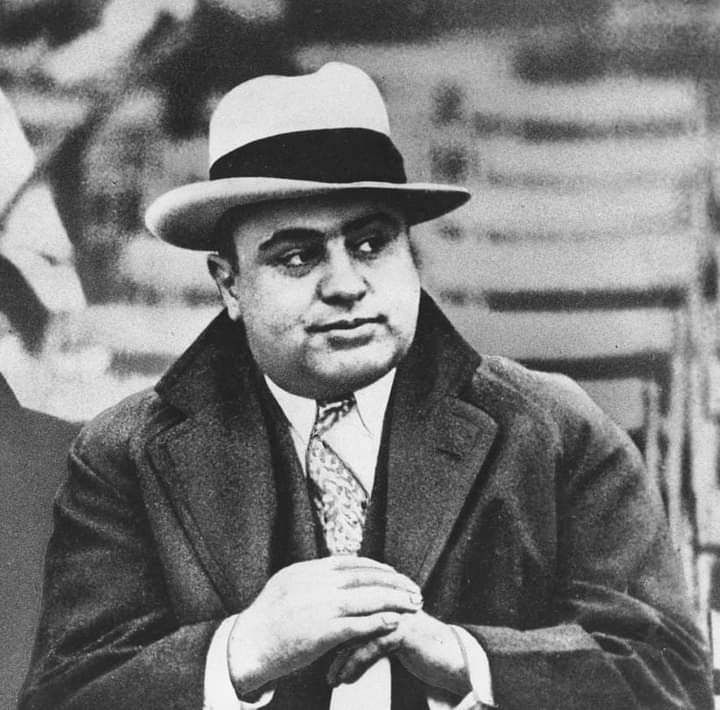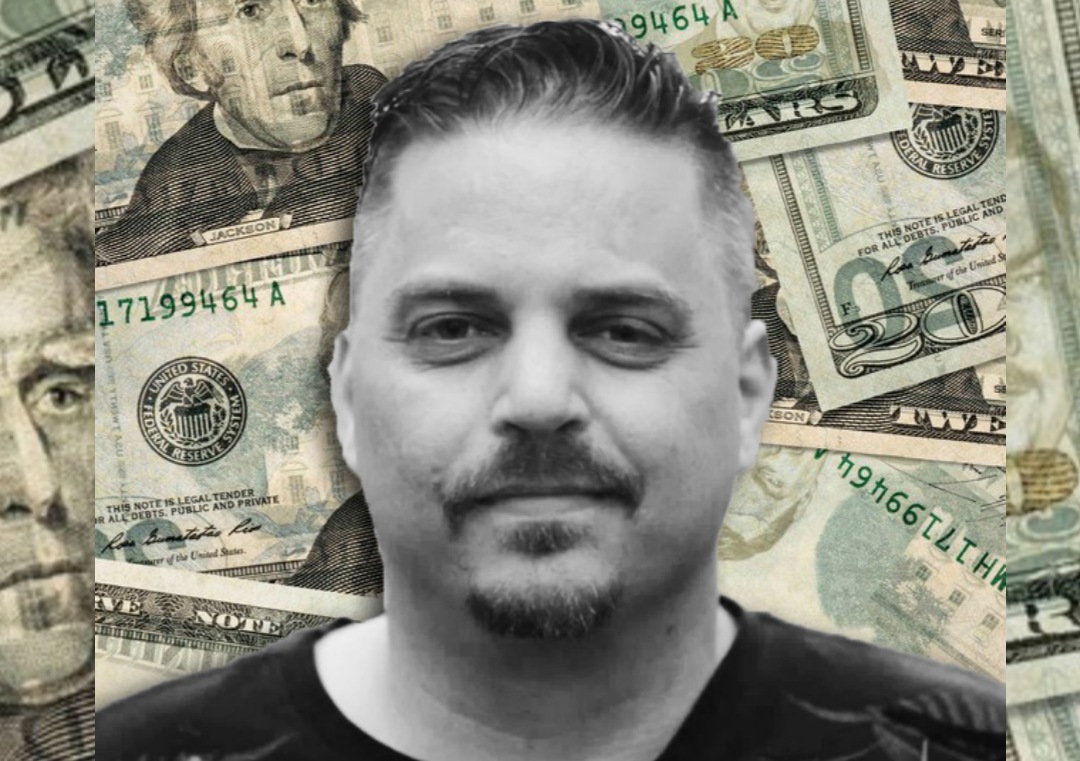VICTOR LUSTIG: The Con Man Who Sold The Eiffel Tower, Twice

Did you know that despite the perception held by the global world against Nigeria as full of fraudsters, there are far more fraudsters in other countries who have made frauds perpetrated by Nigerians look like child's play?
Victor Lustig was the ‘The Man Who Sold the Eiffel Tower’, also known as the smoothest conman that ever lived. The first time he sold the Eiffel Tower (he tried it twice) was in 1925, but that was not by any means his most elegant or lucrative scam.
Lustig was to the con game what Michelangelo was to art. His main business was counterfeiting, and it was counterfeiting that brought him down, but it was the Eiffel Tower that made him famous.
Victor Lustig; a mysterious man with over forty-seven known aliases, spoke fluently five languages and was described by many to have a “hypnotic charm.” He was rightfully dubbed one of the smoothest conmen to ever have lived, easily carrying out imaginative cons, and making himself a millionaire.
By 1925, France was recovered from WWI, and like the rest of industrialized world, Paris was booming. Lustig, an Austro-Hungarian, read one morning in the newspaper that the city authorities were concerned at the cost of upkeep of the Eiffel Tower, which gave him an idea.
Posing as a government minister, he approached six wealthy French scrap metal dealers, inviting tenders from each to dismantle and carry away the Tower. It had never, in fact, been intended to be a permanent fixture on the Paris skyline.
A meeting was held, a limousine hired and a tour of the Tower undertaken. Lustig pulled off a masterful performance, and by evening his marks had their hands halfway in their pockets. Just one suspicious wife threatened to upset the entire deal.
"Why," she asked, "was it all so secretive?" Lustig took her aside. "Yes indeed," he confessed, he was a corrupt official. The deal was under the table, and naturally it had to proceed in secrecy. Now this was something that she and everyone else could understand. Corruption was rife in France, and a bent civil servant was easier to swallow than an honest one. Money changed hands, and before long Lustig was on board a train to Vienna with a suitcase full of cash.
A few month later, Lustig crept back into Paris, and was surprised and gratified to discover that the mark, a dealer by the name of Andre Poisson, was so humiliated at being taken so easily that he made no official complaint.
Lustig gathered up his counterfeit documents and approached a new set of scrap dealers, but this time the ruse reached the ears of the police, and the effort was foiled. Lustig shrugged his shoulders, slipped easily through the net and resumed his career as a conman.
The year 1935 found him in the United States, and there he was finally arrested. On his person, authorities found a key which they traced to a locker at the Times Square subway station. Inside the locker they found $51,000 in counterfeit bills and the plates from which they had been printed. The game was up.
Lustig was locked up, but escaped the day before his trial. His life on the lam was brief, however, and he was re-detained and tried, and sentenced to twenty years in Alcatraz.
He served twelve years before dying of pneumonia on 9 March 1947. Thus passed one of the most accomplished and successful conmen of the age.
Source: Adapted from Top 10 Greatest Frauds In History By Peter Baxter
https://historycollection.com/top-10-greatest-frauds-in-history/
#penglobalcrime
_1754475682.webp)


